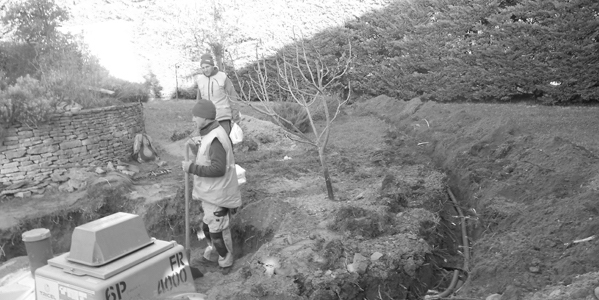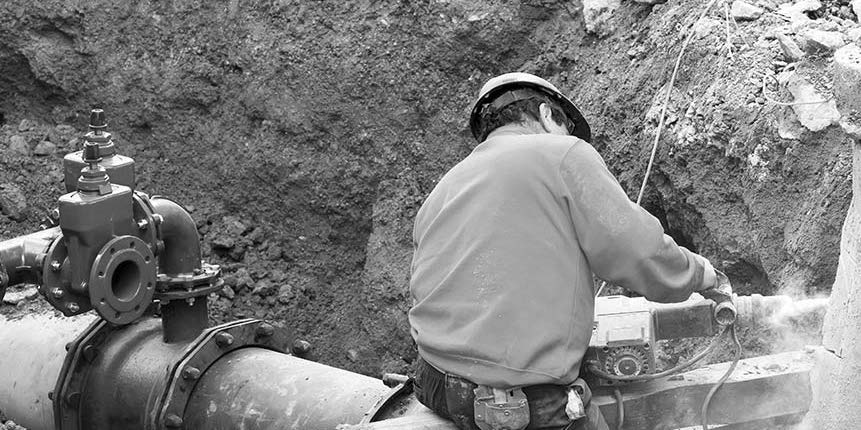
Customer case
Major player in utilities
Restructuration of an IT department
About this client.
The client's main activity is to provide outsourced management of water and wastewater services on behalf of public authorities and companies. It is a company with approximately 100,000 employees operating in over 50 countries.


What were the results?
Our goal was to change the culture of the IT department and, after a few months, we noticed dramatic changes in behavior and postures.
- The new organization and the new way of working were adopted by the staff representation bodies as soon as they were presented – which is always an excellent start.
- A shift from a highly centralized and Jacobin culture to a focus on individual responsibility (with the right to make mistakes and encourage individual initiatives).
- A palpable dynamic of realization: we no longer produce deliverables, we accompany clients.
- Managers who are very involved in the work done in seminars: work on the meaning and the “whys” of their entities and the roles of each person, … and spokespersons in the implementation with their teams.
What was the key to your success?
There are always multiple factors, but in this case we had the obvious :
- Great energy from the management team.
- Talisker’s “seamless” immersion into the management team.
- A management chain that reacted very well to the fundamentals of the new IS&T culture: initiative, responsibility, autonomy.
- And committed and sharp Talisker consultants ;-).
Team
1 Partner and 2 Consultants
Where did you start from?
The client’s General Management changed 1 year before this mission and the new team has impelled a dynamic of subsidiarity which gives power to the territories. The IT department of this entity also changed direction and the new team undertook to apply this philosophy to its business with the help of Talisker.

What was your approach to the issue?
Our teams worked alongside the management team to help them organize their thinking and present a solid project to employee representatives.
Foundational elements of a new culture
- Verticalization of the organization: one IT department per customer business (the concept of “micro-factories” is a very good field of application for agility and DevOps).
- End-to-end customer relationship (from idea to application run).
- Responsibility and subsidiarity of the managerial chain.
- Transversality of practices encouraged but not imposed.
Shared services limited to allow the CIOs to act more easily.
Enabling the transformation process in itself
- Involvement of the managerial chain.
- Mobilization of the team (seminars, training, coaching, etc.).
- Marketing of services.
- Launch of the customer relations function.
- Functioning and new practices: agility, open-spaces, instances, …
- Service transformation workshops: transition to DevOps, production transformation, …
- And animation, in the duration of service transformations.


